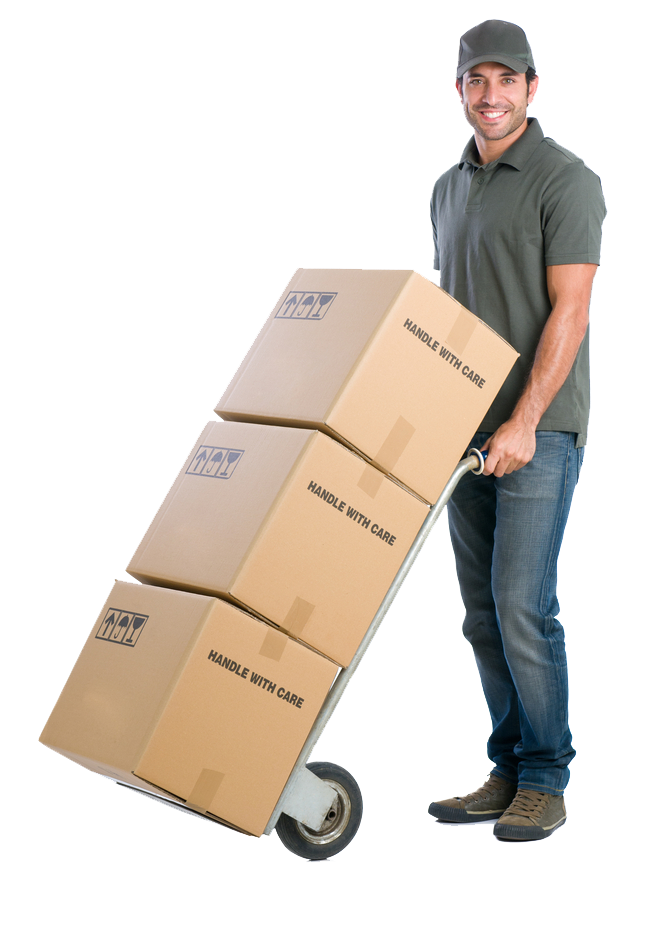From Plant Parenthood to Plant Relocation: Expert Advice for Moving House Plants
Posted on 01/08/2024
Moving to a new home is an exciting and busy time. Amidst all the packing, organizing, and planning, there is one important consideration that often gets overlooked - our beloved house plants. These green companions have been giving us joy and adding life to our homes, and we want to ensure their smooth transition to their new abode. But fear not, with some expert advice and proper preparation, you can easily master the art of moving house plants. Let's dive into some helpful tips for successfully relocating your plant babies.
Understanding Your Plants
Before you start packing your plants, it's crucial to understand their specific needs and requirements. Different plants have different levels of sensitivity, so studying them beforehand will help you determine the best approach for packing, transporting, and settling them in their new home.
Begin by identifying the types of plants you have. Some are better suited for indoor living while others thrive outdoors. Furthermore, it's important to learn about their light and water requirements as well as any specific temperature needs. Armed with this knowledge, you can select the most suitable spot in your new home for each plant.

Preparing for the Move
Once you have a good understanding of your plants' needs, it's time to prepare them for the move. A few weeks prior to the move, start pruning your plants by removing any dead or damaged leaves or stems. This will not only make them easier to pack but also help promote new growth after the move.
Next, gently remove each plant from its pot and inspect the roots for any signs of disease or pests. If needed, treat the plant accordingly before repotting it in fresh soil. Be sure to use sturdy pots and containers that can withstand being moved around during transit.
If you're moving during colder months, consider wrapping your plants in a layer of newspaper or bubble wrap to protect them from extreme temperatures. For larger plants, you can use an old bed sheet or blanket to cover them and keep them warm during the move.
Packing and Transporting
When it's time to pack your plants, make sure they are well-watered and hydrated. This will help prevent transplant shock and ensure their survival during the move. Use sturdy boxes with plenty of air holes for smaller plants, and secure them with packing materials like shredded paper or bubble wrap.
For larger plants that cannot fit in a box, wrap the pot in plastic or cloth to contain the soil before carefully laying them down on a tarp or sheet that can be easily transported. Make sure to secure any hanging branches or leaves to prevent damage during transportation.
During transit, try to keep the temperature in your car as stable as possible. Avoid leaving plants in direct sunlight or near heating vents as this can cause them to overheat. Once you arrive at your new home, unpack your plants as soon as possible and place them in their designated spots before tackling other moving tasks.
Pros and Cons
There are definitely pros and cons when it comes to moving with house plants. On one hand, we get to continue caring for our green companions and enjoy their beauty in our new home. On the other hand, it requires extra effort and preparation to ensure they survive the move successfully.
One major pro is that house plants contribute to a healthier indoor environment by purifying the air and reducing stress levels. They also add a touch of nature and cosiness to our living spaces. However, some downsides include potential damage to plants during transit, finding suitable spots for each plant in the new home, and possibly having to say goodbye if certain plants are not suited for the new location's climate.

Takeaways
Moving with house plants requires proper planning, patience, and care. It's important to understand your plants' needs, prepare them for the move, and pack and transport them with caution. Remember to always keep the temperature stable and unpack your plants as soon as possible upon arrival in your new home.
Some general tips to keep in mind include not watering your plants for a few days prior to the move, pruning and removing any damaged parts, and avoiding extreme temperatures during transit. Additionally, label your boxes clearly to avoid accidentally crushing or tipping them during transportation.
Conclusion
Moving house plants can seem daunting at first, but with some expert advice and careful planning, you can relocate them successfully. Take the time to understand your plants, prepare them for the move, and pack and transport them with care. And remember, if certain plants don't make it through the move, it's an opportunity to add new ones that are better suited for your new home's environment. Happy moving with your plant babies!





